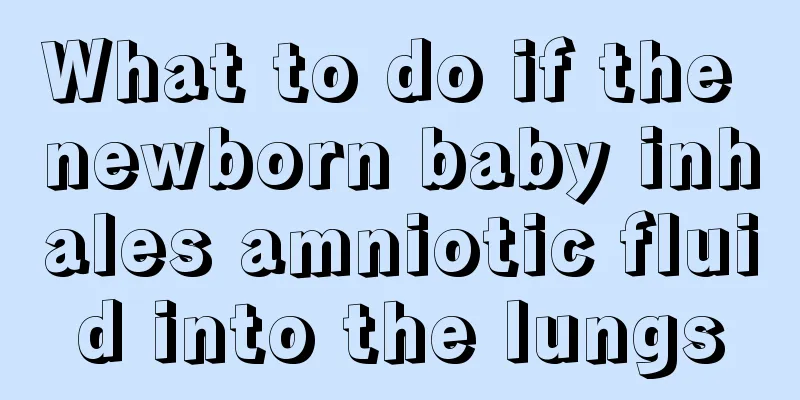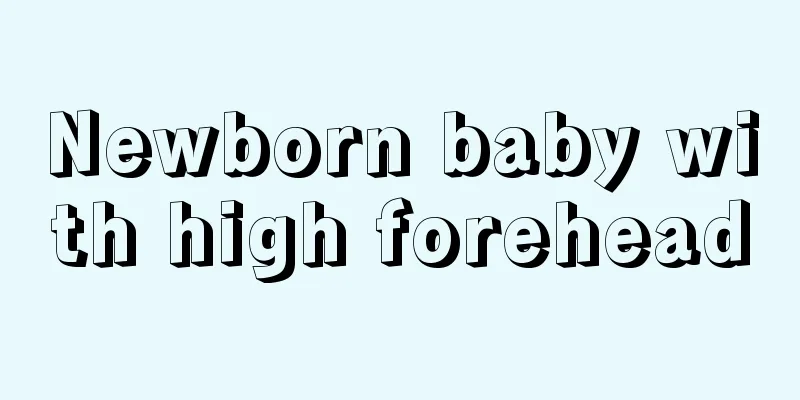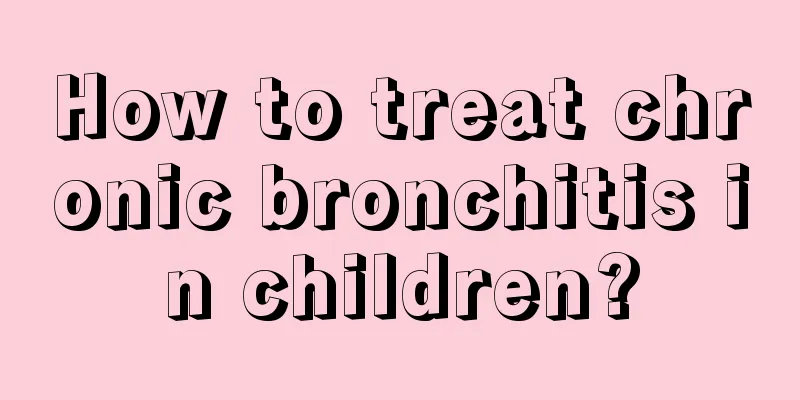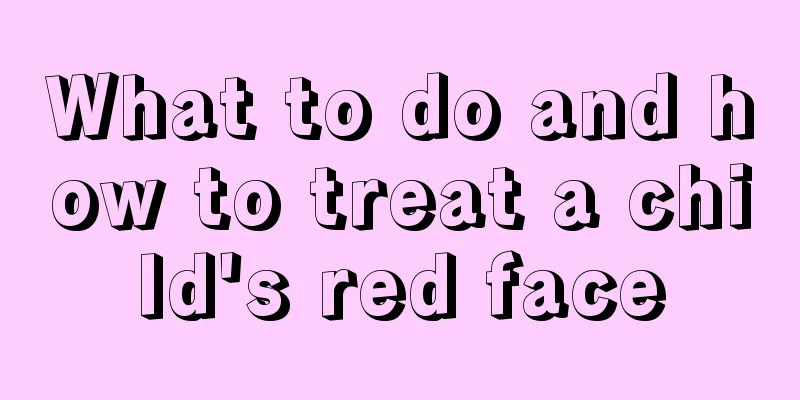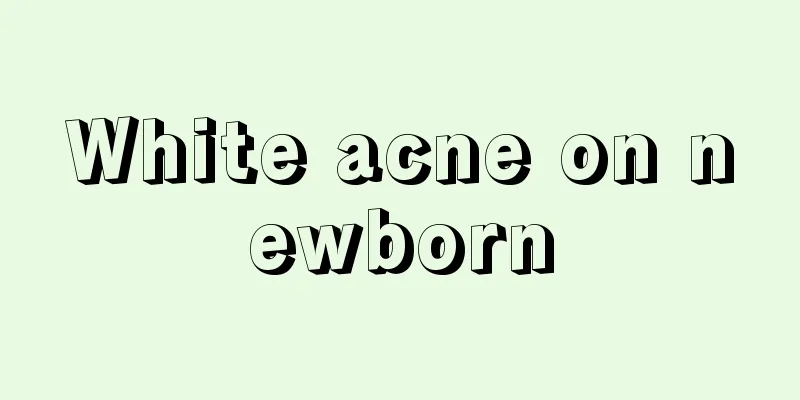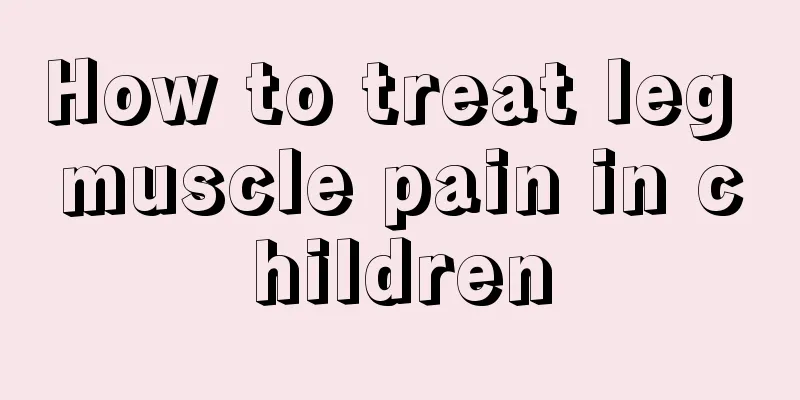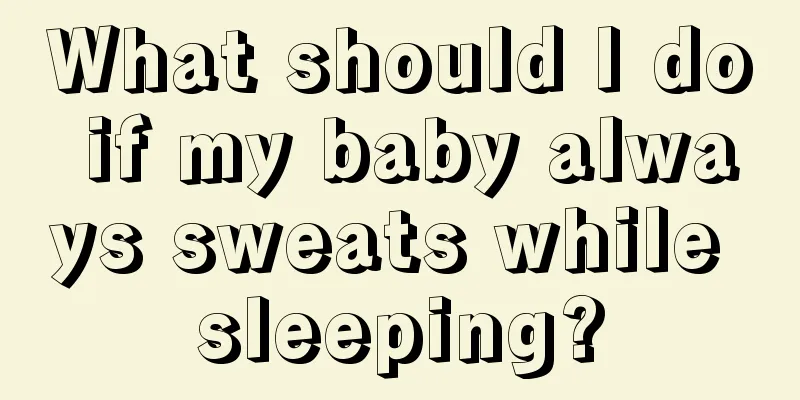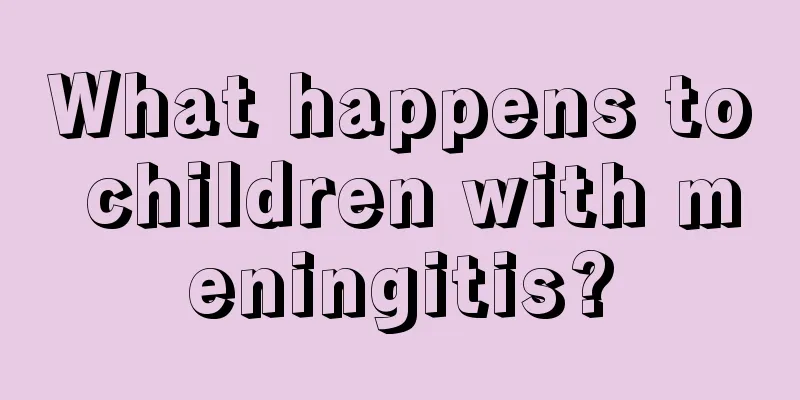What are the treatments for febrile seizures in children?

|
Children's health is the most concerning issue for parents, especially since children have low resistance and are easily affected by external stimuli and become ill. For example, children are very prone to febrile convulsions during sleep because their physical development is constantly improving and sleep is the peak of growth. When a child's nervous development is not synchronized with physical development, they are prone to nervous convulsions, of which febrile convulsions are a relatively common manifestation. This symptom is very harmful and will have a lifelong impact on the child's health. Let's take a look at how to treat febrile convulsions in children. 1. First aid measures (1) General treatment: ① Keep the airway open and prevent suffocation. Perform tracheotomy if necessary. ②Prevent accidental injuries. ③Prevent hypoxic brain damage. (2) Control convulsions ① Acupuncture method: Needle the Ren Zhong, Hegu, Shixuan, Neiguan, Yongquan and other acupoints. If the convulsions cannot be stopped within 2 to 3 minutes, the following drugs can be used. ② The anticonvulsant drug diazepam is often the drug of choice. However, it should be noted that this drug has an inhibitory effect on breathing and heartbeat. Chloral hydrate is prepared into a 10% solution and retained for enema. Phenobarbital sodium intramuscular injection. Chlorpromazine intramuscular injection. Amobarbital sodium (amytal sodium) is diluted with 10% glucose to a 1% solution and injected intravenously. Stop the injection when the seizure stops. 2. General treatment Make the child lie on his side, unbutton his collar, clear secretions and vomit from his mouth, nose, and throat to prevent suffocation by inhalation, and keep his airway open. Place a dental pad between the upper and lower molars to prevent tongue bite. For severe cases, give oxygen; for those with high fever, physical cooling or antipyretic drugs should be given. 3. Infection Control Antibiotics should be used for infectious convulsions. 4. Treatment of the cause Take appropriate treatment measures according to different causes. Management of status convulsus: (1) Immediately stop the convulsions as usual. (2) Hyperthermia can be controlled by physical cooling (ice cap or cold compress on the head), drug cooling, or artificial hibernation. (3) Strengthen nursing care and closely observe the child's body temperature, respiration, heart rate, blood pressure, skin color, pupil size and urine volume. (4) Reduce intracranial pressure. If convulsions last for more than 2 hours, cerebral edema is likely to occur, and dehydration therapy should be used to reduce intracranial pressure. (5) Maintain water and electrolyte balance. For those without severe fluid loss, fluids should be replenished according to basal metabolism to maintain mild dehydration and low sodium status to help control cerebral edema. (6) Neurotrophic agents and antioxidant treatments: The use of antioxidants such as vitamins A, E, C and mannitol can prevent and treat convulsive brain damage. At the same time, neurotrophic drugs such as vitamin B1, B6, B12, and Nootropics can be used together. |
<<: How can sinusitis be prevented in children?
>>: What are the cough medicines for children?
Recommend
Can children eat Cordyceps sinensis?
Cordyceps sinensis is a medicine that many people...
Can children eat Astragalus?
Since children's organs are not fully develop...
Nursing diagnosis of jaundice
Most newborn babies will suffer from jaundice a f...
Can the baby use air conditioning when he has a fever?
Summer is here, and babies often have fever, whic...
What are the symptoms of baby's food poisoning?
If a baby has indigestion, the most typical sympt...
Which medicine is best for children with cough?
It is quite common for infants and young children...
How to wake up a sleeping baby
If parents want their baby to wake up quickly, th...
How to educate children from single-parent families? It turns out that you need to pay attention to these 6 points
The education of children from single-parent fami...
Child drooling under Bart Red
Although many parents know that drooling is a com...
What should I do if my baby has diarrhea after having a fever and enema?
Nowadays, many children are always taken to the h...
What to do if your child has a fever or cold? Drinking more water can help
For babies, their bodies are not fully developed,...
Children's chest tightness, shortness of breath, and breathing difficulties
Some children are born with some hereditary disea...
First grade summer vacation schedule
Summer vacation is something that every student l...
Why do young children sweat when they sleep at night?
Sometimes the weather is cool, but when a child f...
The causes of blue lips in children and dietary supplements
Children's healthy lips are generally pink an...
